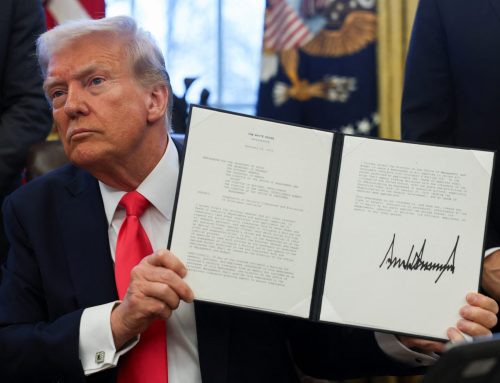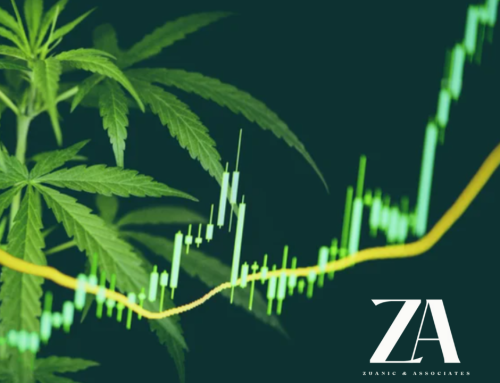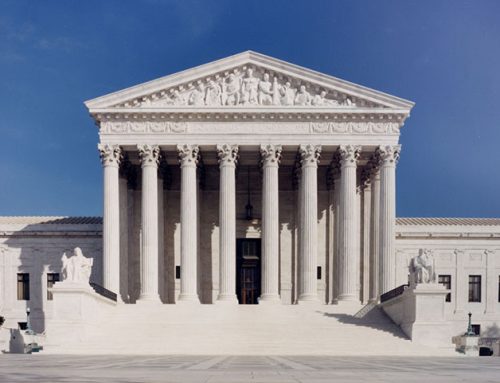Minnesota Codifies Ban on Cannabis Odor as Sole Reason for Searches
LOS ANGELES- Minnesota lawmakers have codified a Minnesota Supreme Court decision that prevents law enforcement from using the smell of cannabis as the sole basis for searching a vehicle. This decision follows the legalization of cannabis in the state and was officially incorporated into law as part of the judiciary and public safety supplemental budget bill signed by Governor Tim Walz in late May.
The new statute stipulates that the odor of cannabis cannot alone justify a search of a vehicle or its occupants. This aligns with the September ruling by the Minnesota Supreme Court, which declared that the smell of cannabis is insufficient grounds for a vehicle search. The change aims to prevent potential future reversals of this decision by the court.
Senator Clare Oumou Verbeten, who authored the original bill, emphasized the importance of codifying the ruling to ensure its permanence and address racial disparities in law enforcement. A 2020 ACLU report highlighted that Black individuals were disproportionately arrested for cannabis use despite similar usage rates among Black and white residents.
With cannabis legalization in effect since August 1, 2023, Minnesota residents over 21 can now legally possess limited amounts of cannabis. However, the use of cannabis while driving remains illegal, and open containers are prohibited in vehicles.
Law enforcement now requires additional evidence beyond odor to justify a search, such as observations of cannabis use or other indicators of impairment. Training for officers is being updated to reflect these changes, though specific cannabis-related learning objectives have not been mandated.
The state is also piloting an oral fluid test program to detect substance use among drivers. This voluntary program aims to enhance traffic safety by identifying impaired drivers more efficiently.
Minnesota’s ongoing efforts to address impaired driving include ensuring public safety and reducing traffic fatalities caused by impaired drivers.



































